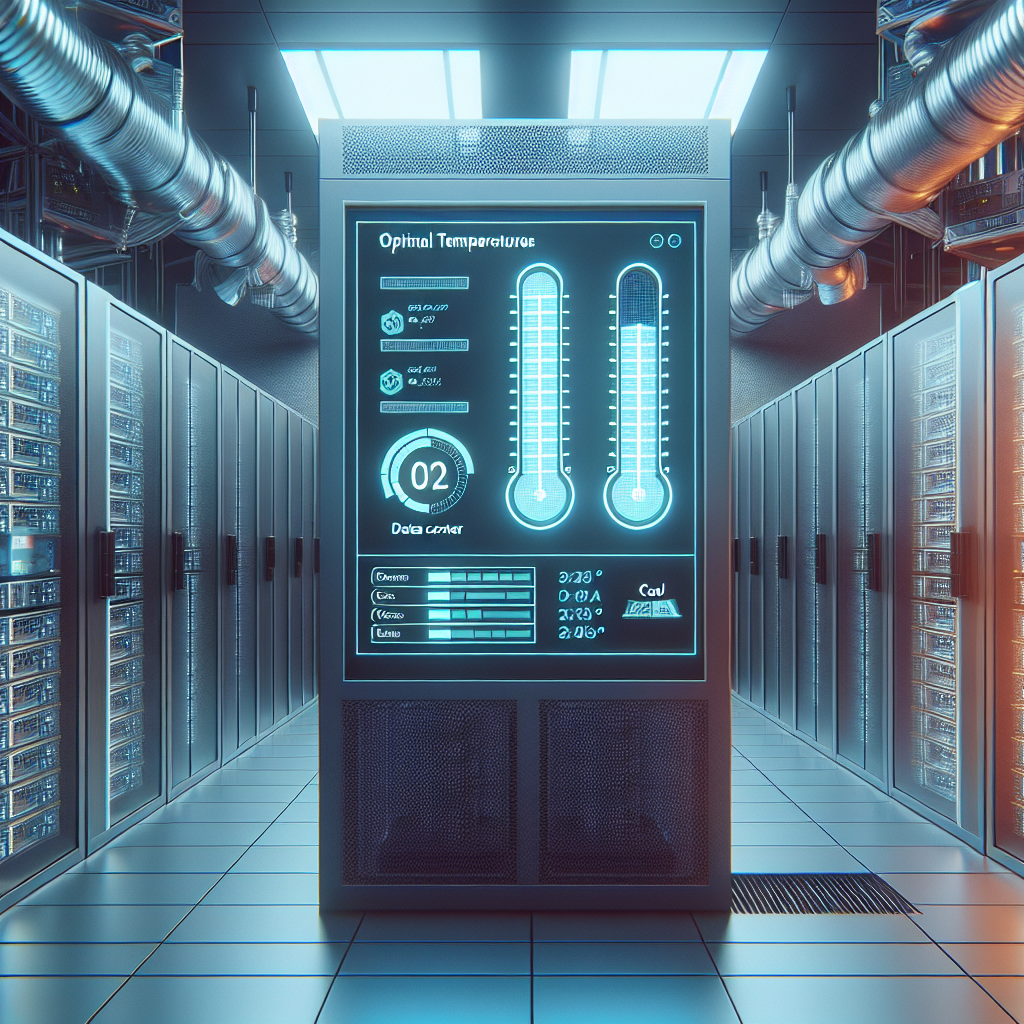Your cart is currently empty!
Best Practices for Maintaining Optimal Data Center Temperature

As data centers become increasingly crucial for businesses of all sizes, maintaining optimal temperature levels within these facilities is paramount. A slight increase in temperature can have a significant impact on the performance and longevity of the equipment housed within the data center. To ensure the smooth operation of your data center, it is essential to implement best practices for maintaining optimal temperature levels. Here are some tips to help you achieve this:
1. Monitor and Control Temperature: The first step in maintaining optimal data center temperature is to monitor and control it effectively. Invest in a temperature monitoring system that provides real-time data on the temperature levels within the data center. This will allow you to identify any fluctuations and take immediate action to rectify them.
2. Implement Hot and Cold Aisle Containment: Hot and cold aisle containment is a best practice for maintaining optimal data center temperature. By segregating the hot and cold air streams, you can prevent them from mixing and causing temperature imbalances. This helps to improve the efficiency of cooling systems and ensures that equipment is kept at the right temperature.
3. Utilize Precision Cooling Systems: Precision cooling systems are designed to provide targeted cooling to specific areas within the data center. These systems allow you to maintain optimal temperature levels without overcooling the entire facility. By using precision cooling systems, you can reduce energy consumption and improve the overall efficiency of your data center.
4. Regularly Maintain and Clean Cooling Equipment: Proper maintenance and cleaning of cooling equipment is crucial for maintaining optimal temperature levels within the data center. Dust and debris can accumulate on cooling equipment, affecting its efficiency and leading to temperature fluctuations. Make sure to schedule regular maintenance checks and cleanings to keep your cooling systems running smoothly.
5. Implement Environmental Monitoring: In addition to monitoring temperature levels, it is essential to keep an eye on other environmental factors that can affect the temperature within the data center. Humidity levels, airflow, and air quality can all impact the efficiency of cooling systems. Implement environmental monitoring systems to track these factors and make adjustments as needed to maintain optimal temperature levels.
6. Consider Alternative Cooling Methods: In some cases, traditional cooling methods may not be sufficient to maintain optimal temperature levels in the data center. Consider implementing alternative cooling methods such as liquid cooling or free cooling to improve efficiency and reduce energy consumption. These methods can help you maintain optimal temperature levels while also reducing operating costs.
By following these best practices for maintaining optimal data center temperature, you can ensure the smooth operation of your facility and prolong the life of your equipment. Investing in monitoring systems, precision cooling systems, and regular maintenance will help you keep temperature levels in check and prevent any issues that could impact the performance of your data center. Remember that maintaining optimal temperature levels is essential for the overall health and efficiency of your data center.

Leave a Reply